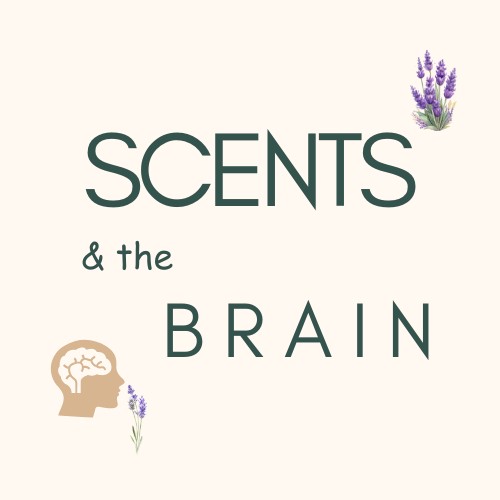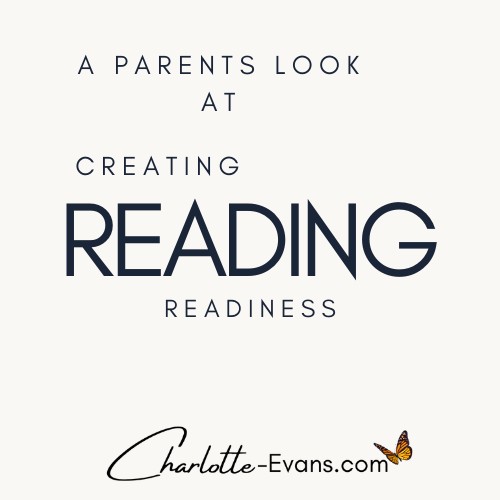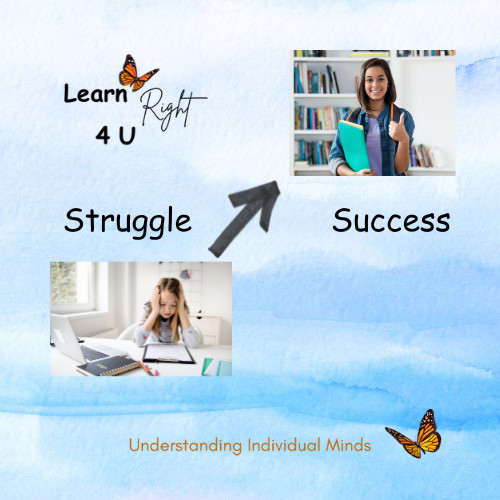
Discover the transformative power of understanding and teaching reading, even if you've struggled with it yourself. This insightful blog post reveals a simple, multisensory approach that can unlock the world of literacy for both you and your child. Learn how connecting sounds to symbols through engaging activities like the Sound-Tap-Spell Game can make reading click in just minutes a day. Embrace the journey of learning together, where your presence and determination are more valuable than perfection. Start today and witness the confidence and joy that comes with each small success.
Read more...
Discover the empowering journey of parenting a child newly diagnosed with dyslexia and dysgraphia in this insightful blog post. Embrace the truth that your child isn’t broken but brilliantly unique, with strengths like creativity and problem-solving abilities often overlooked in traditional educational settings. Learn about transformative approaches that cater to their distinct learning styles, such as multi-sensory techniques and the importance of a supportive environment. Explore practical, fun strategies to implement at home and find out how tiny adjustments can make a significant impact on their educational journey. Be inspired to trust your instincts, celebrate your child's strengths, and become the advocate they need to thrive both academically and personally. Dive into this guide to unlock the full potential of your child's unique learning path.
Read more...
Could your shampoo be secretly sabotaging your focus and clouding your mind? Discover the unexpected link between everyday personal care products and brain fog, especially potent for those with dyslexia and ADHD. This eye-opening exploration delves into how synthetic fragrances and preservatives in popular shampoos, soaps, and bubble baths may contribute to mental sluggishness and memory lapses. Explore the science behind these sneaky compounds and their effects on mood and cognitive function. Learn practical steps to transition to cleaner, fragrance-free alternatives that could lift the mental haze and promote a healthier household. Ready to clear the fog and open up a more vibrant, focused family life? Dive in to uncover the path to a brighter, clearer mind.
Read more...
Embark on a transformative journey of healing and renewal as a family's life is turned upside down by a tragic accident, only to be revitalized through the power of nature and conscious choices. Discover how a simple gift of essential oils became a catalyst for profound change, addressing long-standing ailments and bringing newfound vitality. As this couple navigates their way through trauma, they uncover the hidden dangers lurking in everyday products and make empowering decisions that not only transform their health but also ignite a passion for living in harmony with nature. Learn how shedding harmful elements and embracing purity leads to miraculous recoveries, clarity of mind, and an inspired life enriched by the beauty of authentic living. This deeply moving story unveils the incredible potential within us all to reclaim joy, health, and purpose by embracing what truly nourishes our bodies and souls.
Read more...
Discover the transformative power of natural scents and their profound impact on children's learning and focus, offering a simple yet effective way to enhance concentration and emotional well-being during study time. Imagine how a single whiff can help clear mental fog, boost motivation, and turn challenging moments into triumphs of clarity and calm. By exploring the science behind how aromas connect directly to the brain's core functions, you'll uncover gentle tools that support memory, attention, and resilience without the drawbacks of artificial alternatives. Dive deeper to learn practical tips for incorporating these natural wonders into your daily routine and witness the potential for real, positive change.
Read more...










